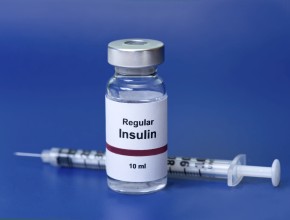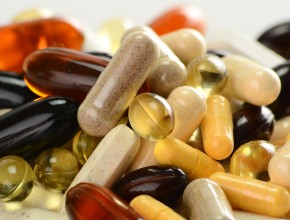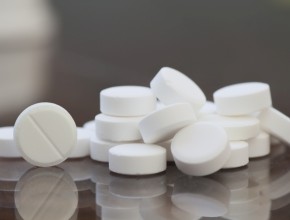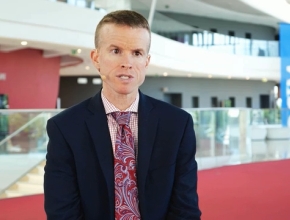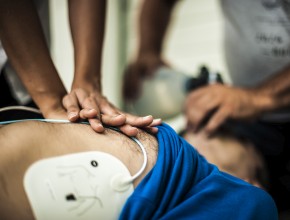Insulin analogues vs NPH in type 2 diabetes
Crowley MJ, Maciejewski ML. Revisiting NPH Insulin for Type 2 Diabetes: Is a Step Back the Path Forward? JAMA. 2018 Jul 3;320(1):38-39. doi: 10.1001/jama.2018.8033. PubMed PMID: 29936528.
Use of basal insulin analogues and neutral protamine Hagedorn (NPH) insulin as the initial treatment in patients with type 2 diabetes mellitus had similar metabolic effects.
The effects of starting insulin treatment in type 2 diabetes with insulin analogues versus NPH insulin are not clear even with insulin analogues costing 2 to 10 times more.
This retrospective cohort study looked at the effects of using different insulins among over 25,400 patients on the rate of hypoglycemia leading to hospital admission or an emergency department (ED) visit within 1 year of initiation. For both these outcomes, the results were not statistically significant but numerically slightly in favor of NPH: for ED visits and hospitalizations, the rates were 8.8 events per 1000 person-years for NPH and 11.9 events per 1000 person-years for insulin analogues. Similar results were observed among patients matched for a variety of hypoglycemia risk factors. Glycated hemoglobin (HbA1c) level decreased from 9.4% in both groups to 7.9% in those treated with NPH and to 8.2% among those treated with insulin analogues.
In the accompanying editorial, the authors question the wisdom of using newer types of increasingly more expensive insulin analogues.
Benefits of recruitment maneuvers in ARDS
Use of lung recruitment maneuvers (LRMs) in patients with hypoxia related to acute respiratory distress syndrome (ARDS) has no clear benefits.
Clinicians face the challenge of profound and persistent hypoxia in patients with ARDS on a daily basis. The use of LRMs in such situations remains controversial.
In this meta-analysis, the authors looked at the data from 7 randomized controlled trials including 2480 patients. The estimated risk of mortality, although numerically slightly lower in the group receiving LRMs, was not significantly reduced (the longest follow-up resulting in a risk ratio of 0.93 with a 95% CI of 0.80 to 1.08). The durations of intensive care unit and hospital stays were also similar.
The authors concluded that LRMs provide no benefit in patients ventilated according to the current standards.
Effects of transcranial magnetic stimulation on depression
Nemeroff CB. The Search for Treatments for Veterans With Major Depression: Of Paramount Importance, yet Still Elusive. JAMA Psychiatry. 2018 Jun 27. doi: 10.1001/jamapsychiatry.2018.1591. [Epub ahead of print] PubMed PMID: 29955814.
Repetitive transcranial magnetic stimulation (rTMS) had no advantage over sham stimulation among patients with treatment-resistant major depression managed within the US Veterans Affairs health-care system.
This randomized controlled trial included 164 mostly male patients from Veterans Affairs medical centers with treatment-resistant depression defined as ≥2 failed adequate medication trials. The plan included between 20 and 30 sessions of left prefrontal rTMS treatment delivered in blocks of 5 sessions over 5 to 12 days. During each session, 4000 stimulation pulses (10 Hz) or sham pulses were delivered. All patients continued their previous pharmacologic treatment.
At the end of the acute treatment phase, remission of depression occurred in 40.7% of patients receiving rTMS versus in 37.4% of those receiving the sham treatment (difference consistent with chance).
The authors commented on the very high rate of depression resolution in both groups and attributed it to close clinical contact with almost daily interactions and strict monitoring of concomitant medications. They also pointed out that the lack of difference between groups contrasted with a previous study among civilians where improvement was observed in 14% of patients treated with rTMS versus 5% in the control group.
 English
English
 Español
Español
 українська
українська

